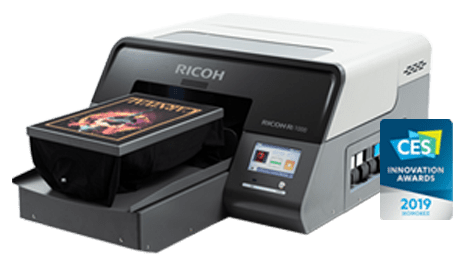
Pricing of Legacy Garment Printer Inks
Osman Bayrak
Have you ever questioned the pricing of older garment printer inks, particularly direct-to-garment (DTG) inks? This article aims to demystify the reasons behind the seemingly high prices of legacy DTG inks, especially white ink, and how they compare to contemporary alternatives.
Understanding the Cost Disparity
Comparing the prices of legacy DTG inks to those of modern alternatives may reveal a pricing gap. To grasp this, it's essential to consider that these inks belong to different eras and stages in the product cycle. Screen printing, a well-established process, enjoys a mature market with numerous quality ink manufacturers and equipment suppliers. Additionally, the science behind applying plastisol ink to a garment, as used in screen printing, is relatively straightforward.
Legacy vs. Modern Inks
Legacy DTG inks are products of their time, created when the technology and market were different. They may come with higher price tags due to factors like limited supply, reduced production volumes, and the absence of current innovations. In contrast, modern DTG inks benefit from advancements in technology, a more competitive market, and the economies of scale. These factors contribute to lower prices for contemporary DTG inks.
While legacy DTG ink prices may seem high, it's important to recognize that these inks were developed in a different era with different market dynamics. As technology and markets evolve, so do the pricing structures of ink products.
















